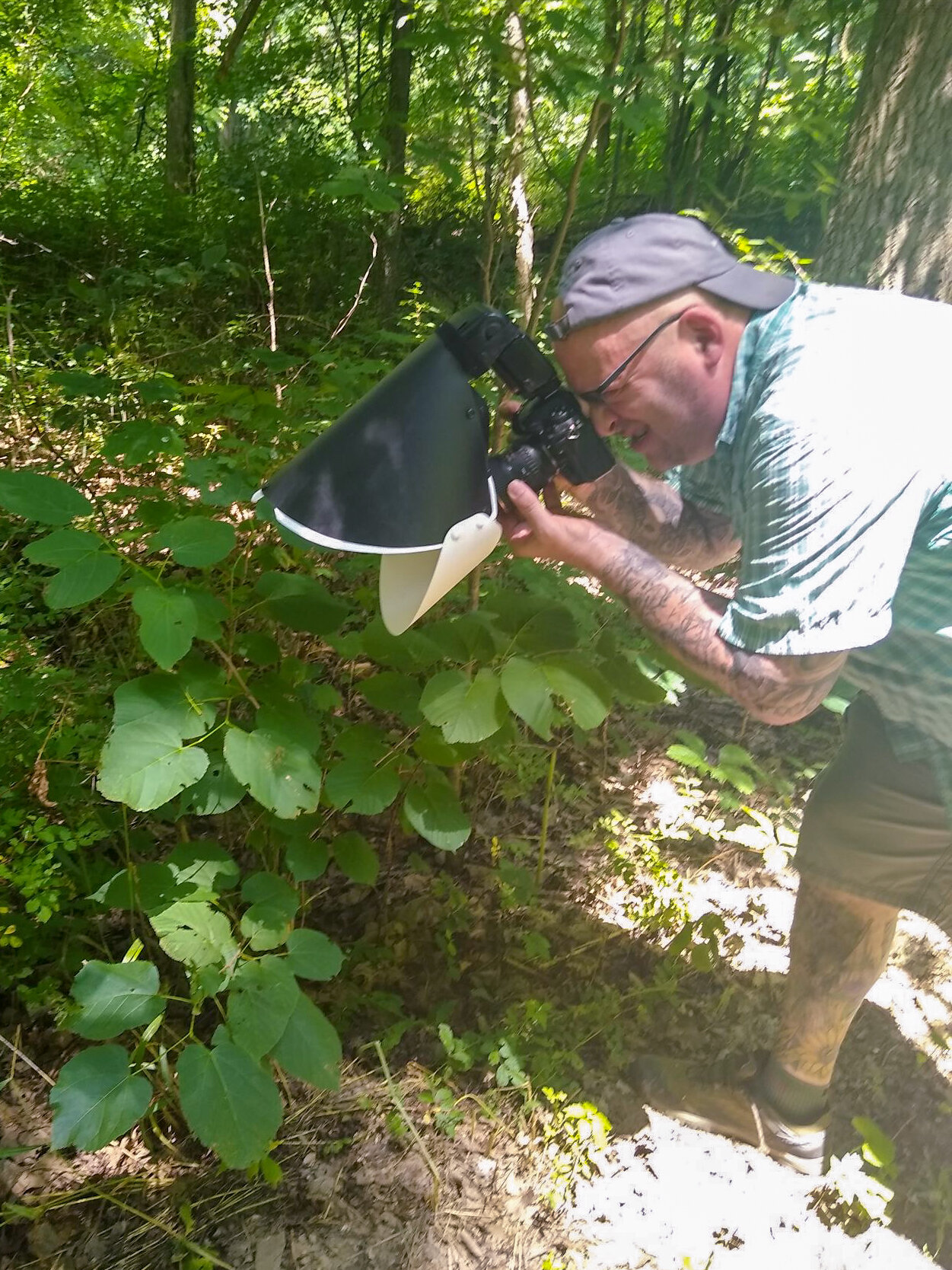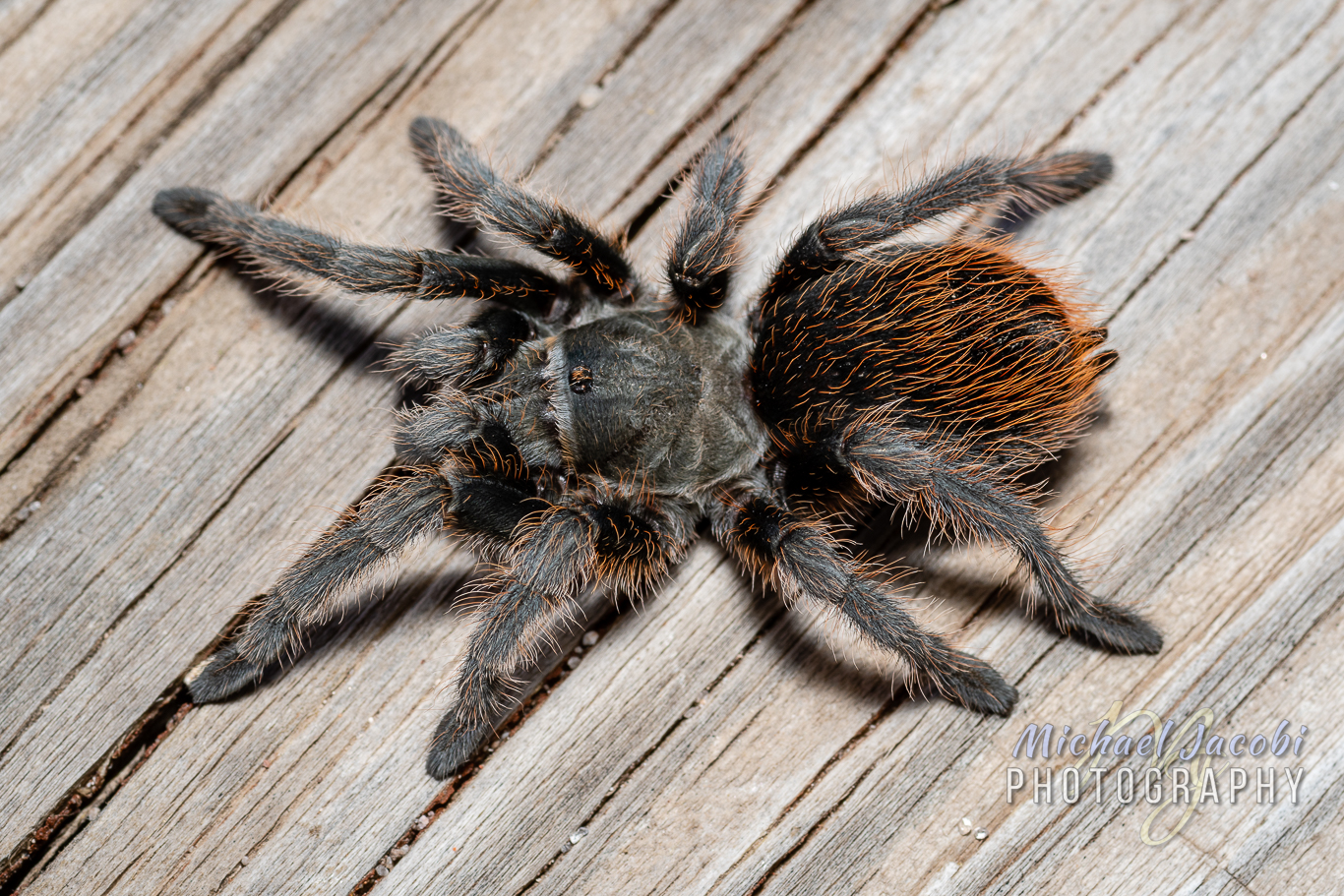It has been nearly two months since I wrote about personal demons and the end of my nomadic lifestyle. I expect both will always be with me. Some day I will be back "on the road." And mental health issues are like alcoholism, I suppose – a life long struggle. Thankfully, things have been better on that front of late.
Wednesday, I was to leave for Costa Rica. The global pandemic has indefinitely postponed that adventure. Joel and I were able to cancel our plane tickets with an eighteen-month window to use them, and our other reservations were canceled and refunded. 2020 will be without any travel that is more than a truck ride.
My 56th birthday is August 5, and I have been thinking about an overnighter somewhere where I can "herp" and "vert" and do some photography. If anyone has any suggestions within perhaps 300 miles of Chicagoland, please email me. I would love to have a chance to do some landscape photography, but I am more interested in finding subjects for reptile images and macrophotography. Maybe I'll even tent camp.
Photographing bugs & spiders on the trail. Photo by John Apple.
I had a recent "verting" adventure with John Apple and his partner Ashley. I had some spiders to deliver to John and, since the pandemic had also forced the cancellation of a tattoo appointment close to me, we agreed to meet halfway between Hoffman Estates, IL, and Battle Creek, MI. Indiana Dunes was the perfect place. After lunch at Five Guys burgers in Michigan City, IN, John and Ash followed me to Indiana Dunes National Lakeshore Heron Rookery, a trail that I had scouted out when I arrived earlier that morning. Along this wooded trail, we found some photography subjects and enjoyed the shade along the East Arm of the Little Calumet River branch that it follows. One highlight was my first snake of 2020, which John discovered under the bark of a fallen tree several feet above the ground. Yeah, I know. Usually, my snake count would be in the triple digits by then/now. But this is a very different year. Another highlight of our riverside stroll was seeing a Bumblebee Robber Fly preying on a bee. I only had a chance for one quick exposure (which is far from crisp), but I am so glad John found it. It was a remarkable observation for all of us.
Storeria dekayi (Dekay’s Northern Brown Snake), Porter County, Indiana
Anaxyrus americanus americanus (Eastern American Toad), Porter County, Indiana
Laphria thoracica (Bumblebee Robber Fly) with prey, Porter County, Indiana
The big news is that I have decided to relaunch my ARACHNOCULTURE magazine. The reboot will be via digital publishing as ARACHNOCULTURE – The Digital Magazine for the Arachnid World. Some readers will recall the print version, seven issues of which were published from 2005-2007. Printing, binding, and posting that magazine became cost-prohibitive, and I also ceased producing it due to moving to the Seattle area from Nashville after my divorce. The digital-only version optimized for the iPad also will allow me to present it at no cost except my time, so I am offering it free. Perhaps when distribution gets large enough, I can include paid advertisements to at least pay for my coffee fuel, but the only way to approach projects like this is to consider them a “labor of love.” You have to do it for yourself first and hope others appreciate your work. Positive feedback becomes the second method of affirmation, if not compensation. Click here to subscribe for FREE! To stimulate interest in the reboot, I released all four issues of the first volume (2005) as a single FREE (again!) PDF. That can be downloaded here.
Big shoutout and thanks to my mate Mark Pennell for designing the new magazine logo. See the cover image here for the magazine logo and the end of this blog for the circular “sticker” logo. I will have some stickers available soon.
Mentioning buying me a cup of coffee just reminded me that I created a LinkTree with all my weblinks and social media in one place. Yes, it includes Starbucks gifting (and my Amazon wishlist … wink, wink)! Click here to view ALL OF MY LINKS.
What else? Well, the photo of me above shows my Alex Goh macro diffuser in use. I will have an MK Diffuser soon! It is coming from Malaysia. That’s exciting news as it is similar (the Goh diffuser is a copy of the MK), but the MK 2.0 integrates USB LED lights, and I can’t wait to get more serious about macrophotography. I have experimented a bit with focus stacking (the jumping spider on the magazine cover above is a stack of four exposures), both with Photoshop alone and Zerene Stacker. Now I am demoing Helicon focus stacking software and plan to refine my skills.
For those unfamiliar with focus stacking, close-up photograph, and super macrophotography present the problem of a shallow depth of field. The fantastic jumping spider photos you see are often 50 or more exposures combined into one. That is, images with different areas of the subject in crisp focus are combined so that all parts are in focus. My photography has always been single exposure, and I liked to think of myself as a purist because of it, but I want to take my photography to the next level. Look again at the robber fly image. Imagine if both the fly and its bee prey were in perfect focus. That requires stacking images with different focus points. The same is often done with landscape photography even though it seems the opposite of close-up photography. For example, you can take an exposure with something in the foreground in perfect focus and then take another with the mountains or whatever is in the background crisply focused and combine them into one amazing photograph. Helicon seems more straightforward to use than Zerene and is less expensive, and I look forward to showing you the results.
Cheers, MJ
PS - Any new readers into arachnoculture (the hobby) may wish to dive into my old blog, Kiss My Big Hairy Spider (2008-2017). There are about 170 posts there! I guess I’m up to 300 entries from KMBHS to Pikey (first 68 posts of this blog) to the third incarnation here at mjacobi.com.












































